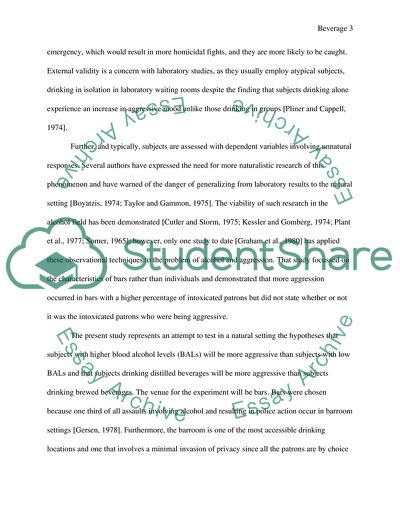Cite this document
(Influence of Beverage on Aggression Research Paper, n.d.)
Influence of Beverage on Aggression Research Paper. Retrieved from https://studentshare.org/social-science/1706819-food-and-beverages
Influence of Beverage on Aggression Research Paper. Retrieved from https://studentshare.org/social-science/1706819-food-and-beverages
(Influence of Beverage on Aggression Research Paper)
Influence of Beverage on Aggression Research Paper. https://studentshare.org/social-science/1706819-food-and-beverages.
Influence of Beverage on Aggression Research Paper. https://studentshare.org/social-science/1706819-food-and-beverages.
“Influence of Beverage on Aggression Research Paper”. https://studentshare.org/social-science/1706819-food-and-beverages.


